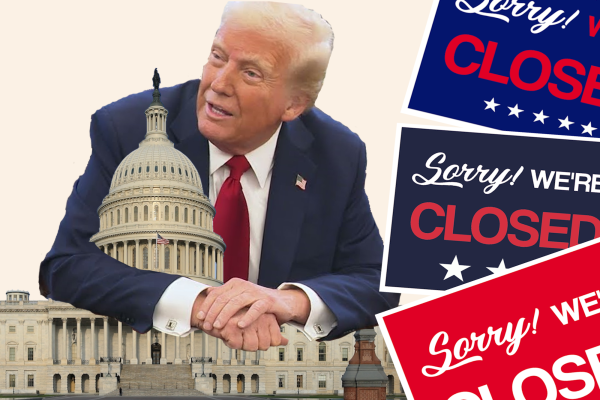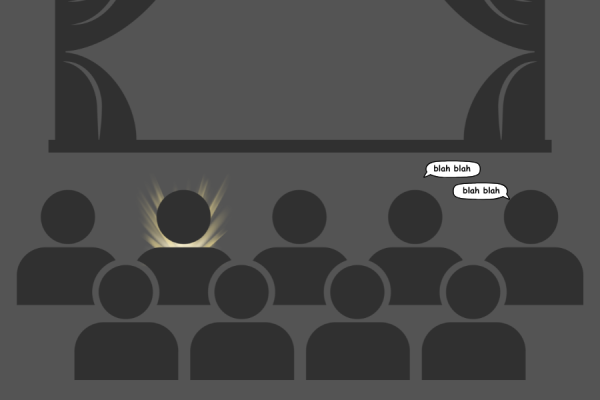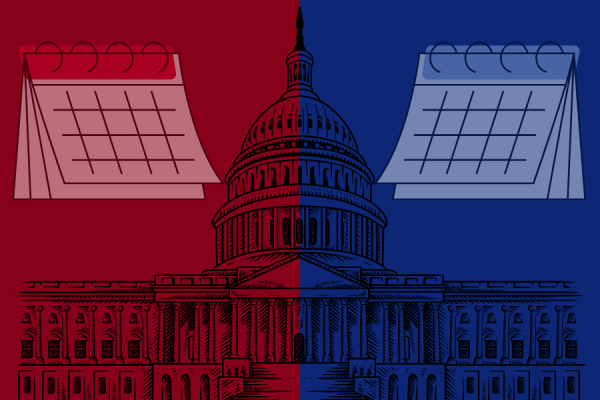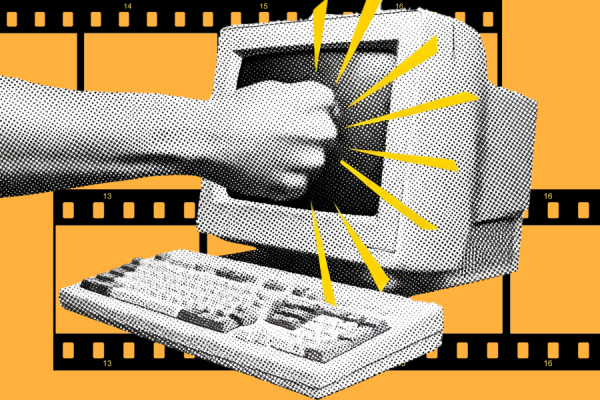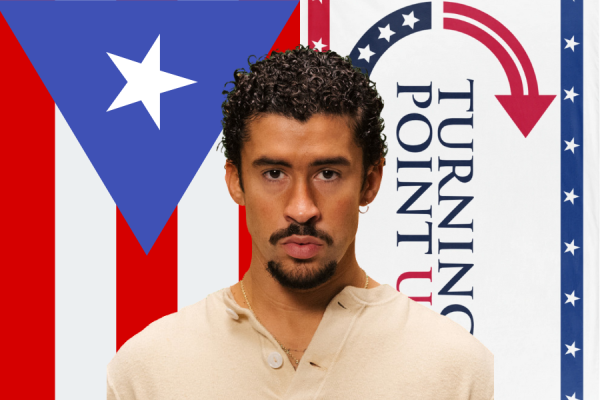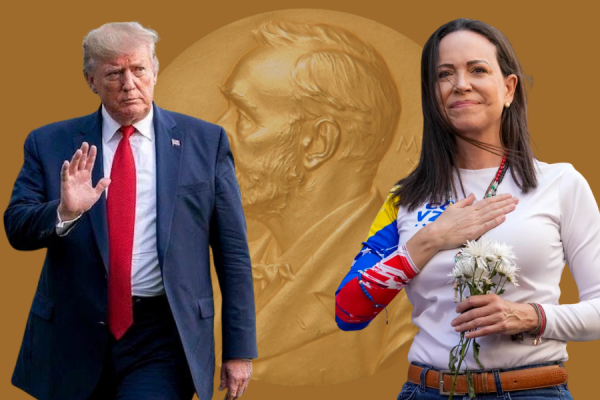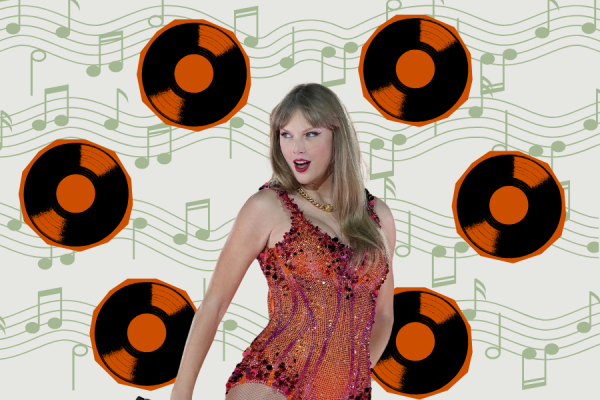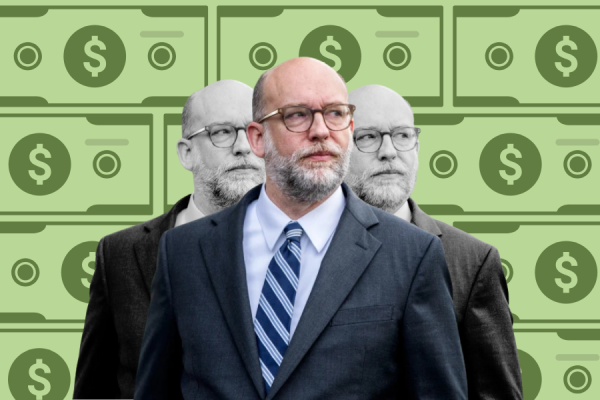Redefining the perception of weed in the US
Public opinion of weed is scewed
Read The Journal's most recent opinions:
“Sluggish. Lazy. Stupid. And unconcerned. That’s all marijuana does to you.” This is a line from the song “Be yourself” from Frank Ocean’s latest album “Blond.” It is more of a skit than a song, but the line is from a voicemail to one of Ocean’s childhood friends from his mother. The mother is warning her son to resist the temptations of marijuana and alcohol while he is attending college.
This skit illustrates the generational disconnect on what marijuana is, does, has done, and can do. This is an issue because the mother is projecting her own fears of marijuana and alcohol onto her son because she does not understand it. It is easier to disown something entirely than it is to take a step back and really look at the issue of marijuana. Projection is a dangerous game because it creates false truths that become capital T truths.
Cannabis is a plant that is grown in various parts of the world. Its main psychoactive ingredient is called tetrahydrocannabinol, or THC. Its two main purposes are for medical and recreational consumption. To the surprise of many modern-day people, marijuana has been present throughout much of history.
Consumption of marijuana for medicinal purposes has been around since the ancient world. Chinese doctors in 1 A.D. composed a list of 100 ailments that cannabis is effective against. Medical physicians in Ancient Greece used cannabis to treat those with ear aches and inflammation. Even the founding fathers were enamored by marijuana. George Washington and Thomas Jefferson grew marijuana for thirty years, studying the medical properties of THC. By the 1800s, it was considered mainstream medicine. French doctors wrote that it reduced severity of headaches and is an excellent sleep aid. In the United States, cannabis was being prescribed by physicians for people who suffered from some of the most serious illnesses of the time. Cholera, alcoholism, dysentery, opiate addiction and leprosy are among some of them.
So why did the U.S. move away from marijuana?
Money.
Cotton was one of the most mass-produced crops throughout the early years of the U.S. It was spun into thread in order to make clothes and in my opinion, it was the leading reason of the outlawing of marijuana in America. Hemp, a byproduct of cannabis, is cheaper than cotton, but big cotton farmers didn’t want to lose money to this new product, according to the Reason Foundation. With the help of the government, it was outlawed. “Women cry for it – Men die for it!” reads across a movie poster of Reefer Madness, a film about high school students, who become addicted to marijuana, which leads them down a twisted path of self destruction. Looking at it now is quite funny, but back in 1936, people believed it. The campaign against marijuana was based on fear mongering. Combine the government regulation and media hysteria, a nation of people terrified of marijuana was born.
The medical field progressed without its green counterpart with more powerful, newly developed painkillers like aspirin and morphine. Fast forward to the U.S. in 2016. As a nation, we face an opioid epidemic that affects every city and every state. People die everyday from overdoses from either pills they buy off the street or the cheaper alternative, heroin. Approximately a hundred people die every day of opioid overdoses, according to the Center for Disease Control. People in all walks of life are being affected by opiates, not just people who have been abusers their whole life. According to the Boston Globe, Mass. began treating opioid addicted patients with medical marijuana. The method behind it is to taper them off the hard drugs and supplement it with a different, non-addictive chemical, like THC. Three quarters of the eighty people treated stayed off narcotics after receiving medical marijuana treatment.
Marijuana is not only helping recovering addicts get back on their feet, but also children with debilitating conditions like epilepsy and cancer. Parents of children with severe epilepsy have had unparalleled success with cannabinoids over prescribed medication like lorazepam or Valium. Cannabidiol (CBD) is one of the hundreds of chemical variations found in cannabis. CBD has been introduced into Epidiolex, a medication for children and adults. Epidiolex is 99 percent pure extract from CBD that can be administered in controlled dosages. More than 200 people participated in the study, aging from 2 to 26. 140 of them said their seizures decreased by an average of 54 percent over 12 weeks. Since research is so limited with marijuana, experts may only be tapping into some of its potential. If legalized, extensive research could be done to unlock all of the potential that cannabis holds.
Marijuana is also one of the fastest growing business ventures in the U.S. Colorado is a prime example for how legal marijuana money can create booming tax revenue. Sales in 2015 reached a billion dollars, according to a recent article in the Los Angeles Times. Fast forward a year and Colorado is on par to hit one billion dollars in sales by November, according to the Las Vegas Review-Journal. The money is staggering, but where is it all going?
Part of the money goes straight to schools. It pays for building, upkeep and renovations of schools in Colorado, according to the Los Angeles Times. More funding for schools means better facilities for students to learn in. The better education a child receives, the stronger foundation they will have to continue their education past high school. If the whole country were to take this initiative, the only place to go is up. The betterment of public schools can revitalize a whole generation of kids. It will not happen overnight, but nothing great comes all at once.
Colorado is using other portions of the tax revenue to educate communities about marijuana. As stated before, the unknown causes fear. Marijuana education is a vital tool to show people that marijuana is not a menace. Not all people who consume marijuana are degenerates, despite what the media portrays. The media does not want people to know about the child who used CBD to ease the sporadic, violent seizures he had. People are brought up to believe that marijuana is a capital D drug that only leads to an addictive life. That is not the case. Marijuana is an asset to modern medicine, education and the national economy.
Marijuana is mainstream, wake up and smell the herb.
Your donation will support the student journalists of Suffolk University. Your contribution will allow us to cover our annual website hosting costs.



